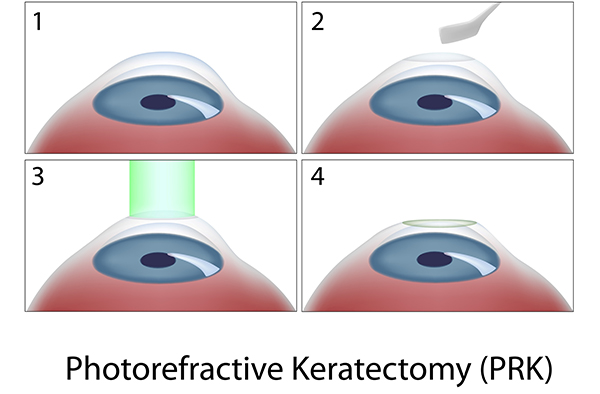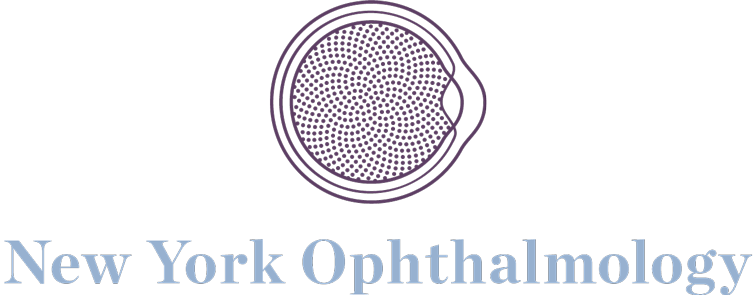What is PRK (Epi-LASIK)?
PRK is a version of laser vision correction also referred to as EPI-LASIK or LASEK. PRK is an acronym which simply means “to remove corneal tissue with light.” PRK uses the computer-controlled Excimer laser to reshape the top 5-15% of the cornea. The actual time of exposure to the laser beam is usually less than 45 seconds. The laser is adjusted to each individual prescription. The amount of corneal tissue reshaped is only a small percentage of the total thickness of the cornea so that the strength of the cornea is unchanged. Each pulse of the laser reshapes approximately one-thousandth of a millimeter of the cornea. The laser beam is “cool,” meaning no heat is generated.
Clinical studies comparing LASIK to PRK have generally shown equivalent visual outcomes and results. The difference in the procedures lies in the time required for the skin layer of the cornea needs to regrow after PRK. Following PRK, a soft, protective contact lens is placed on your eye. On the second or third postoperative day, this lens is removed when the natural skin layer underneath the contact lens has regrown.


When is PRK (Epi-LASIK) a better choice?
Additionally, PRK offers specific advantages for some patients, independent of corneal thickness. For instance, individuals with persistent dry eye, or those engaged in professions such as firefighting or law enforcement, or in contact sports like boxing or MMA, may opt for PRK. These activities carry a heightened risk of eye trauma, which could compromise the integrity of the corneal flap created during LASIK.
